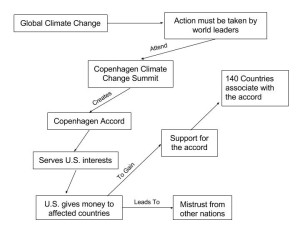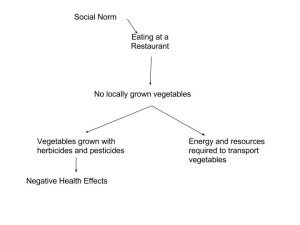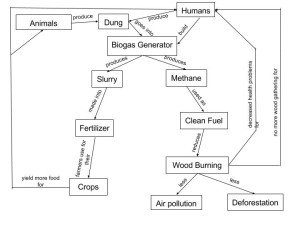Choose two threats to biodiversity to research further and relate there problems to your hometown. Choose one from the modules and one to research on your own.
- The first threat to biodiversity I will be focusing on is overharvesting. Overharvesting has been a problem in this country for a long time in multiple ways. One example of this from the module that I thought was interesting was about deforestation in Pennsylvania. This was a historical problem where the clearing of the woodlands in Pennsylvania was used to supply fuel for iron furnaces. Also people liked the cleared spaces, so they removed the trees. The problem with this is that they did not account for how it would grow back. When new forests grow, they usually will not have the same biodiversity that the previous forest did. Overharvesting trees caused unnatural changes to the environment which negatively impacted all the animals and plants that were living there and forced them to find a new environment. Since this problem occurred in Pennsylvania, something like this could impact my hometown. Doylestown, PA has multiple forests and many species of wildlife living there. Recently an acre of forest near my home was burned down and that would definitely have a negative effect on the animals and plants that live there as they are forced to find a new place to live.
- Another threat to biodiversity I chose to research was water pollution. There are multiple types of water pollution and all involve putting something into the ocean that is not meant to be there. One of the main types of water pollution is eutrophication which is putting substances into the ocean that affects the chemical nutrients in the water. Too much of these nutrients can cause algae to grow excessively which leads to them blocking sunlight for fish or plants. Fish cannot reproduce without sunlight and the ocean plants cannot go through photosynthesis. Also when algae grow they use a lot of oxygen that is in the water leaving less for other fish. This leads to fish moving around to find better oxygen or if they are not very mobile they could die. My hometown is not close to an ocean, but there are multiple small bodies of water. From personal observation, I know that people lazily throw their waste into the water. This water pollution can have very bad effects on the marine life there especially because in a small body of water like a pond or lake there is nowhere to completely escape the pollution. Both overharvesting and water pollution are evident in my hometown and hurting the biodiversity in the area.
Info from: http://www.edurite.com/kbase/effect-of-water-pollution-on-biodiversity



